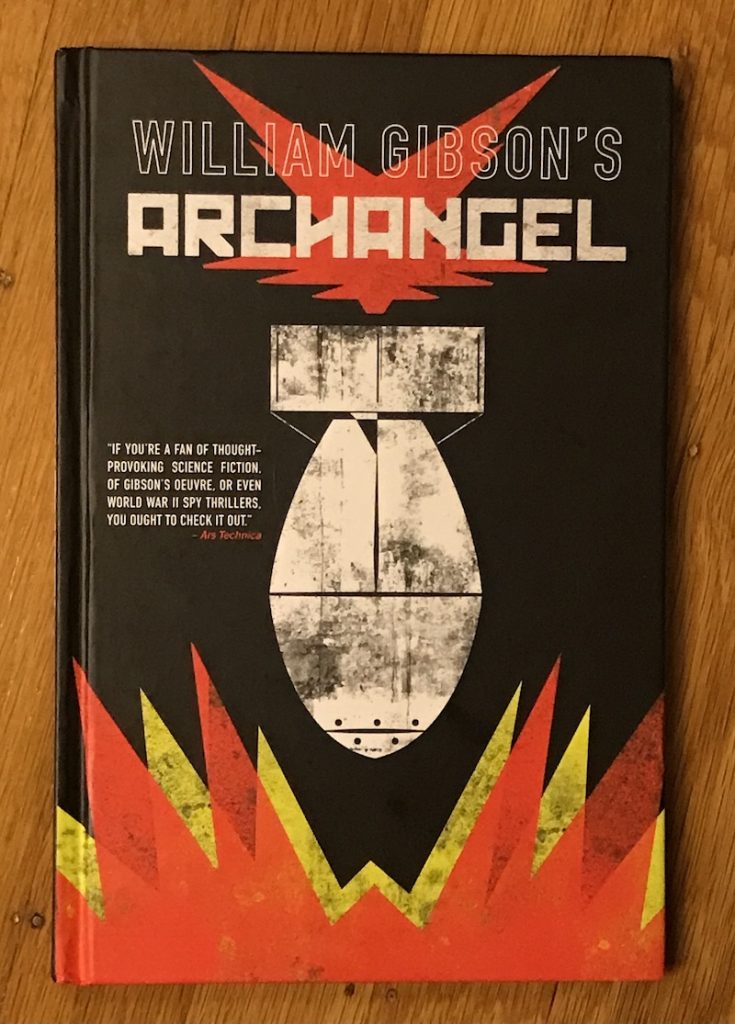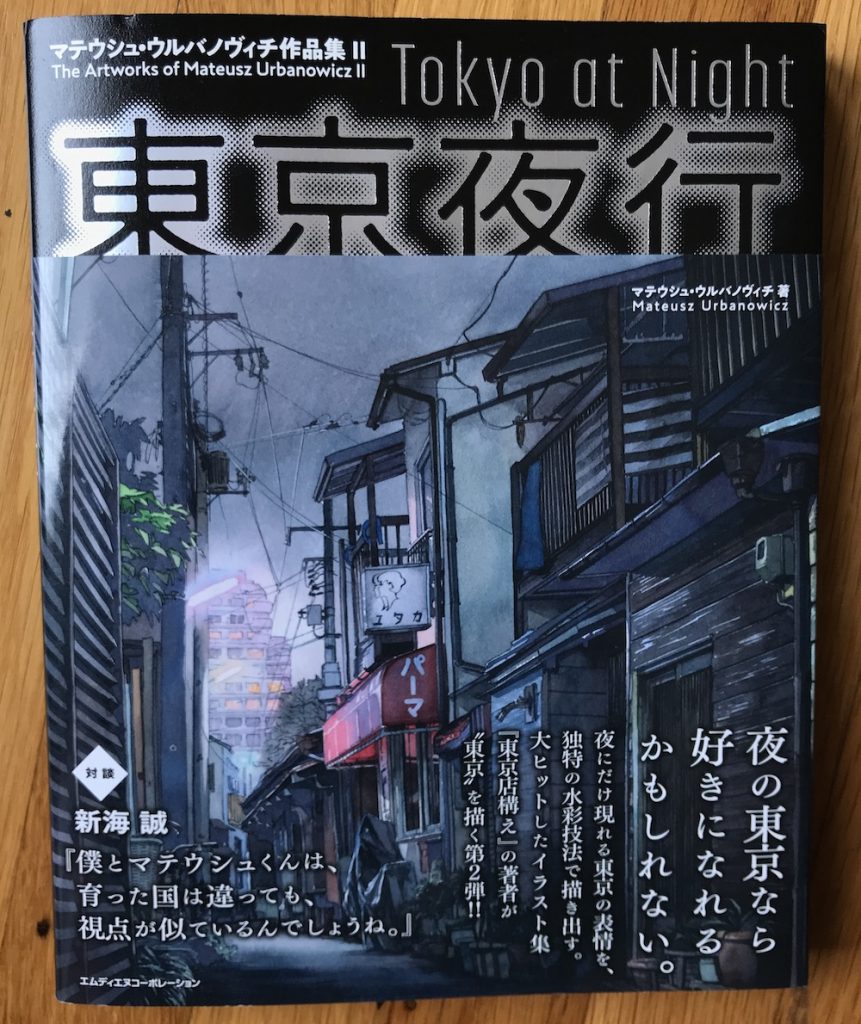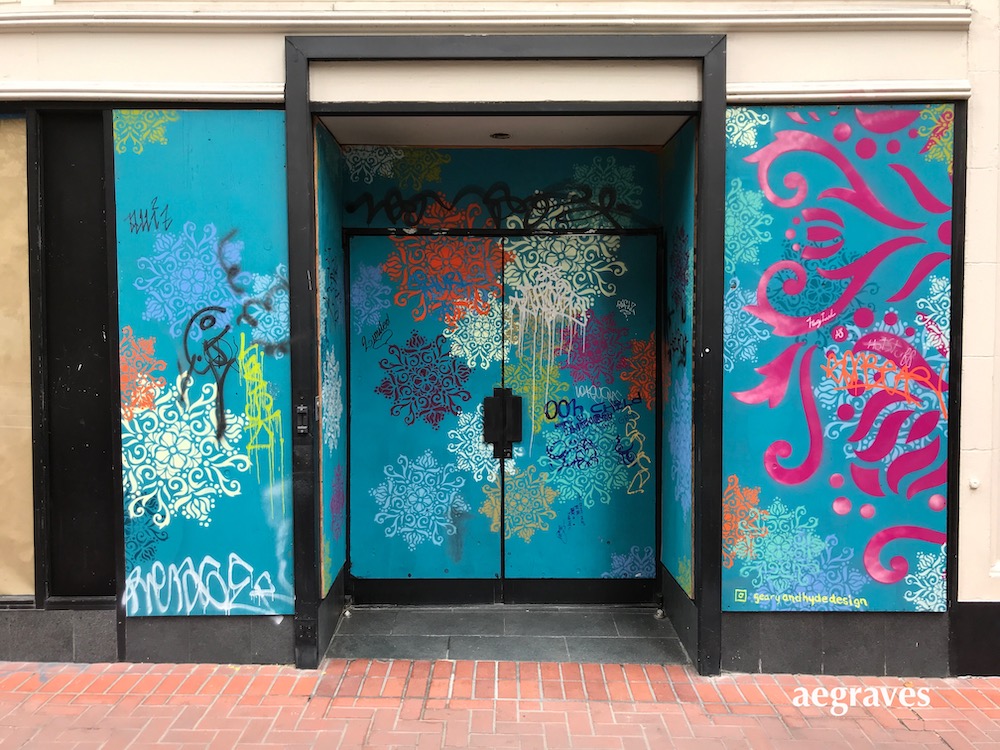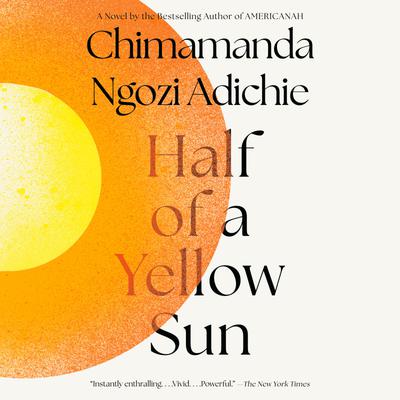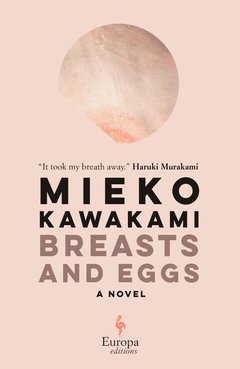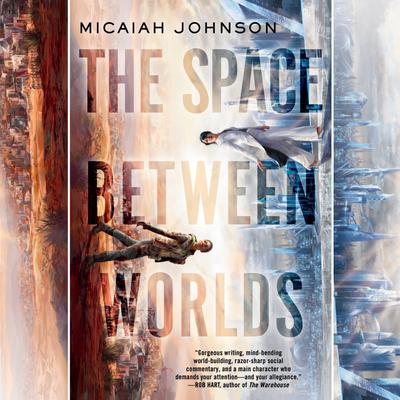
Book:The Space Between Worlds
by Micaiah Johnson
audiobook read by Nicole Lewis
published by Penguin Random House Audio Publishing Group
2020
Here’s a great premise for a sci-fi story: rather than developing time or interstellar travel, scientists find a way to travel between a limited number of parallel universes with parallel earths, and then use information from those earths to adjust our earth for success. Though not for EVERYONE’S success…
This conceit has a catch, and it is a brilliant one: the only people who can travel to parallel earths can’t be alive there. Those with a living equivalent die a horrific death in transit due to [mysterious law of physics]. So, the most valuable potential multiverse spies alive on earth zero are those who live in dire circumstances. This means interworld travel is NOT safe for members of the ruling elite – only the marginalized, living marginal lives, who have the odds stacked against them in a way that killed them off in other universes.
Cara, our heroine, had a rough upbringing that was fatal to her on most earths, so she can go to more earths than anyone else. She is recruited to the small force of traversers, and finds herself working for the predominantly white elite, living in their fancy walled city, and manifesting on other earths where everyone looks so familiar, but where the other versions of herself are dead. Her position on Earth 0 feels tenuous, her crush is cold toward her, and she experiences racist and classist snubs as a black woman from the desert. A forthcoming scientific breakthrough OR being too ethical about what she sees (and what her bosses collect) could end her job and her chance at a safe life with clean water and fresh food.
When something goes terribly wrong on another earth, she has a chance to shake things up, though she may not survive it, and has no way of knowing what the result will mean…
This book didn’t go where I thought it would go; it wasn’t over when I thought it was over; and it was filled with thrills and surprises in all the best, ultimately epic ways. Cara is a savvy, smart, opportunistic, determined heroine. (I only yelled at her for saying something dangerous when she was delirious/medicated, and it couldn’t be helped. Note: yelling at an audiobook is best done when you are home alone, so as not to startle others.) She isn’t some perfect superhero – she gets hurt, she carries scars, she’s loved/hated terrible people, she’s survived horrific abuse, she wallows in self-doubt and self-blame, she put ethics aside in favor of survival – but her determination and ethical evolution as she makes a place for herself in the world(s) is a solid, stimulating heroic journey.
This audiobook (libro.fm) is performed by the remarkably talented Nicole Lewis, who reads beautifully, acts brilliantly, represents the many characters by voice clearly, and makes a fantastic Cara. The author, Johnson, provided excellent dialog in the unabridged version, and Lewis made it come to life. (I discovered this audiobook on Libro.fm’s Playlist, “Black Narrators You Should Be Listening To” from June 2021. Nicole Lewis is fantastic. She sounds like black women I know, and hearing her perform these characters so brilliantly was a delight. I would have appreciated this list even if I wasn’t half black myself, the same way I research and enjoy great books by Asian writers without being Asian.)
This book is impressive sci-fi, I loved it, I zealously recommend it, and I’m hoping for more brilliant work like this from Micaiah Johnson.

